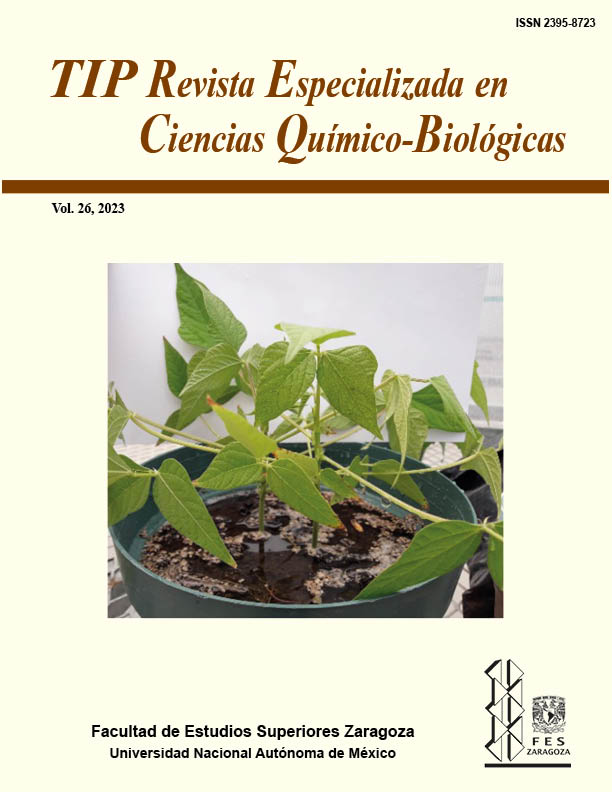Abstract
This work aimed to evaluate the gastrointestinal and metabolic effect in a murine model of a snack rich in fiber (corn, chickpea, sesame, and chia) (HFS) and the comparison with the consumption of a commercial corn snack (CMS). Unlike the commercial snack, the mixture of corn, chickpea, sesame, and chia improved the nutritional quality of the final product. In the evaluation of the intake of the different diets in the mouse model, high-fiber snack (HFS) decreased cholesterol and triglyceride levels after 30 days of consumption, while CMS increased glucose levels and caused metaplasia in gastric tissue, in addition to decreasing the height villus in small intestinal tissue. The reformulation of snacks, using in addition to cereals, legumes, and oilseeds, can be a functional food easily accessible to the population, being a better option than snacks of low nutritional quality that are on the market.
TIP Magazine Specialized in Chemical-Biological Sciences, distributed under Creative Commons License: Attribution + Noncommercial + NoDerivatives 4.0 International.



